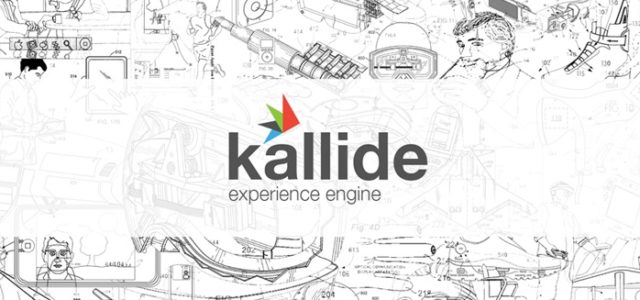If the growing body of research is to be believed, machines are not going to replace us after all. I recently highlighted the findings of a survey by the International Customer Management Institute and Oracle which demonstrated that use of artificial intelligence (AI) and emerging Internet of Things (IoT) technology are helping to increase customer satisfaction.
Hot off the press is another study from technology and consulting firm, Capgemini, which found that four out of five companies implementing AI have created new jobs as a result of its use.
The report, Turning AI into concrete value: the successful implementers’ toolkit, which surveyed executives from nine countries and across seven sectors, showed that many of these new jobs are being created at senior level, with two out of three at the grade of manager or above. It reports that more than three in five do not believe that AI has destroyed any jobs in their organisations.
It also revealed how AI is helping to increase sales, boost operations, facilitate customer engagement and generate business insights. Indeed, three-quarters of firms are already seeing a 10 per cent uplift in sales since starting to use the technology while three-quarters (73 per cent) think AI can increase customer satisfaction and two-thirds (65 per cent) that it could reduce future customer churn.
It appears there is enough tangible evidence for leaders to start to shift their employees’ mindset from one of fear of being replaced to welcoming the new opportunities it brings. Technology has always helped remove the routine from day-to-day work and AI, automation and similar technologies will ensure this trend continues, allowing individuals to add greater value and spend less time on the mundane aspects of their job. In short, it should help to make work more interesting.
Successfully making this shift largely hinges on the leadership team in place though and how much time they are prepared to invest in educating themselves about these new technologies. Then they must translate and apply what they have learned into new ways of working and serving the customer. The survey suggests, however, that many organisations are not yet aligning their AI investments with business opportunities.
Business leaders cannot afford technologists to be the primary gatekeepers of technology like they have in the past. They, too, must get to grips with how they can reap the business benefits and those who do will find it has long-term career benefits as well as gains for the organisation.
It is significant that many of the jobs being created are at a more senior level and this tier needs to be managed not by a disconnected, non-tech savvy executive layer but one that truly understands the implications and potential business value of the full range of digital technologies.
This requires current leaders to invest in themselves to develop the mindset and capabilities required to steer organisations in the digital age. This could involve coaching, reverse mentoring or some other targeted development intervention.
The digital void that exists at leadership level has been highlighted many times. Those leaders who choose to ignore the warning signs have only a limited time before they risk being consumed by it.
Article by channel:
Everything you need to know about Digital Transformation
The best articles, news and events direct to your inbox
Read more articles tagged: Featured, Future of Work







